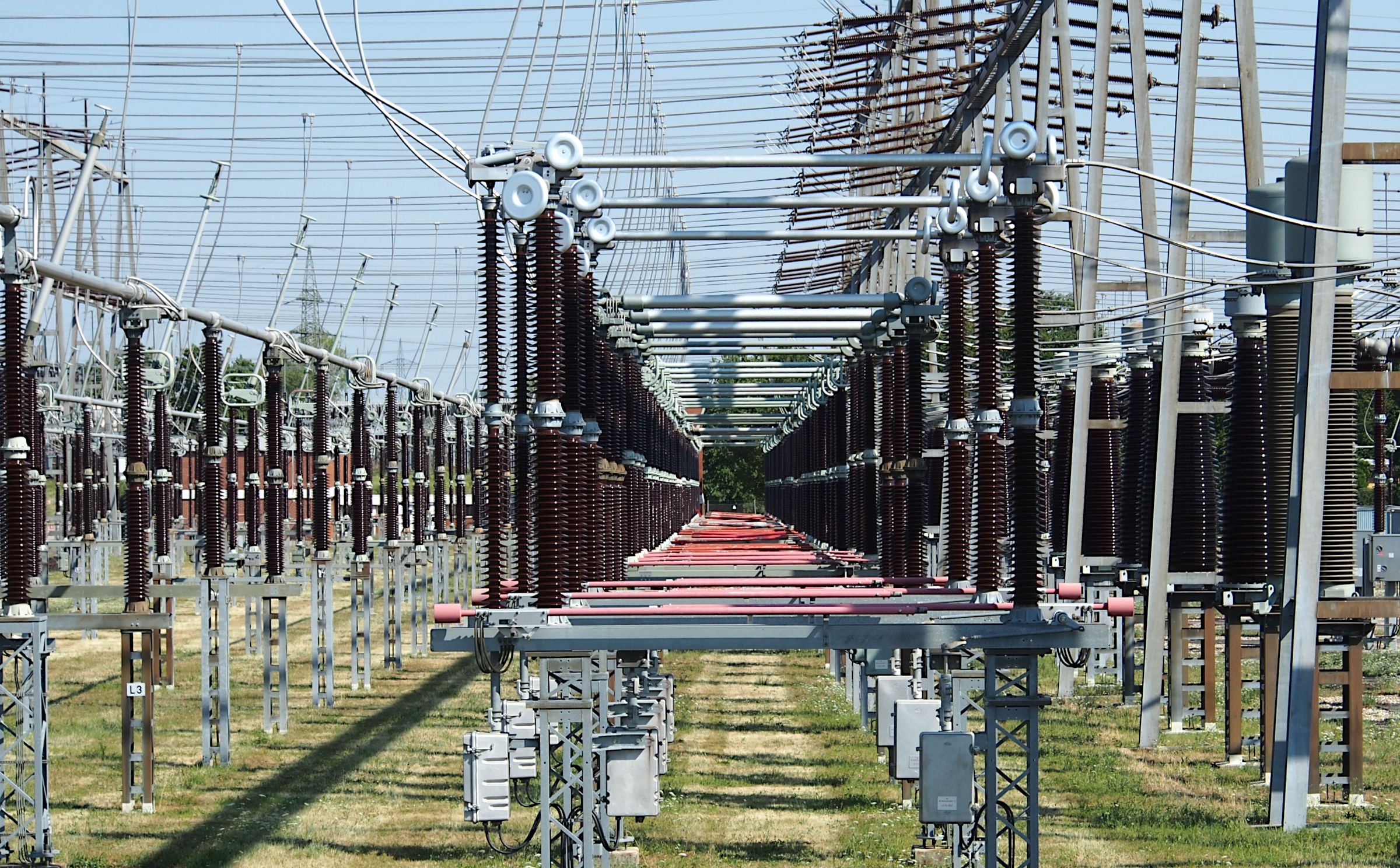AN OPTIMAL AI & DEEP LEARNING MECHANISM FOR MITIGATING HACKING THREAT IDENTIFICATION USING SECURE NETWORK INFRASTRUCTURE BASED ON LINUX AND SOFTWARE-DEFINED NETWORK (SDN)
Keywords:
Machine Learning, Deep Neural Network, CNN, Prediction Models, Hybrid Machine Learning,, Hacking Attacks Detection, AI, Ethical Hacking, GenAI, ChatGPT, DeepSeek, CybersecurityAbstract
The invention of deep learning in secure routing triggered an exceptional expansion of the Software-defined Network (SDN). The article explores how generative AI (GenAI) tools, especially ChatGPT, can support and improve ethical hacking practices and how the network can be secured from network threats. Experiments in a controlled virtual environment, targeting Linux-based machines set up in a simulated local network, is conducted. The study looks at all major stages of penetration testing—including reconnaissance, scanning and enumeration, gaining access, maintaining access, and covering tracks to assess how effectively GenAI tools can contribute. The results show clearly that GenAI significantly boosts the efficiency and effectiveness of ethical hacking tasks. Additionally, discussed the potential risks involved with integrating AI, such as misuse, data bias, and becoming overly dependent on AI solutions. This article also integrates both SDN-driven DL techniques for an intelligent network to improve security and solve problems in SDN networks. SDN is regarded as the right option since it helps restructure networks and operate IoT platforms with the help of different data and control planes. The proposed system with ML control provides improved security by enabling the use of detailed security policies that can be quickly modified when necessary. The proposed security module allows the detection of different hacking attacks in the IoT network. The process of training a Deep Learning model in industry relies on data kept in IOT devices. Based on the gathered info, the system decides if the data must be passed on to the fog layer. The prescribed scheme relies on deep learning and CNN to properly choose the best fog node and its features. With a total of 30 nodes, the simulated framework reached an accuracy of 99.59%, up to 80% detection, along with 0.99% throughput and 0.89% delivery rate for packets. It also used 0.11 m joules of energy, set at a high speed of 0.84 bps and a negligible delay of 0.3415 ms and it managed to improve the F1-score by 4% with 10 ms less latency and also used 25 W less energy.
















